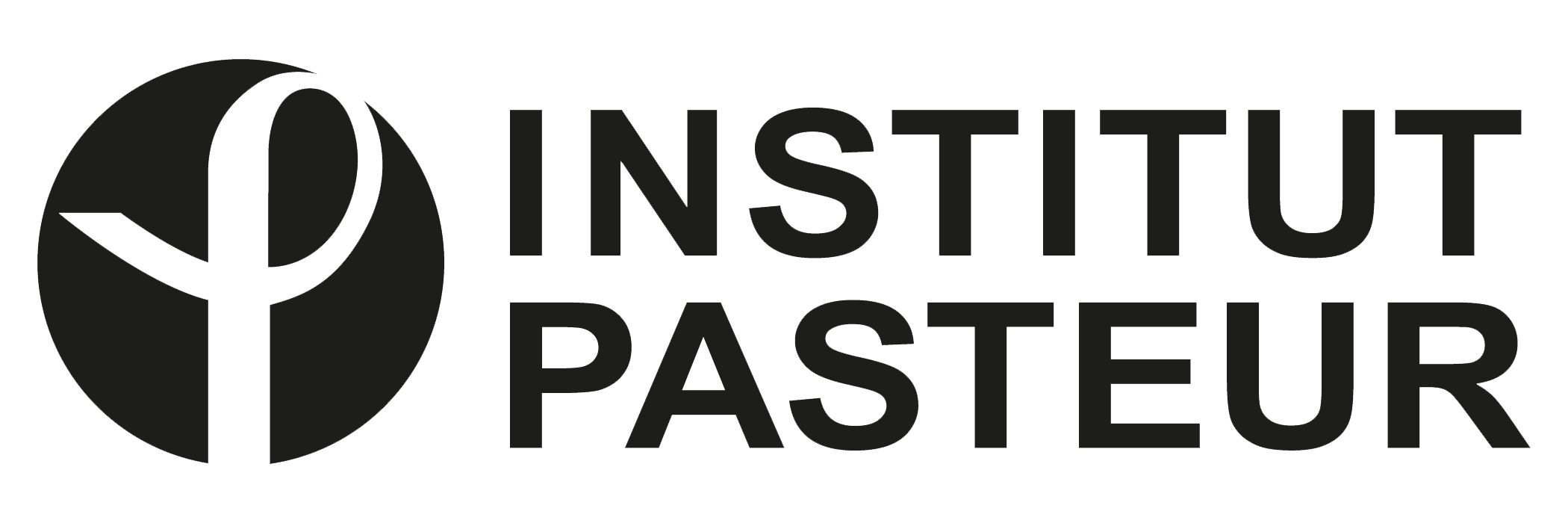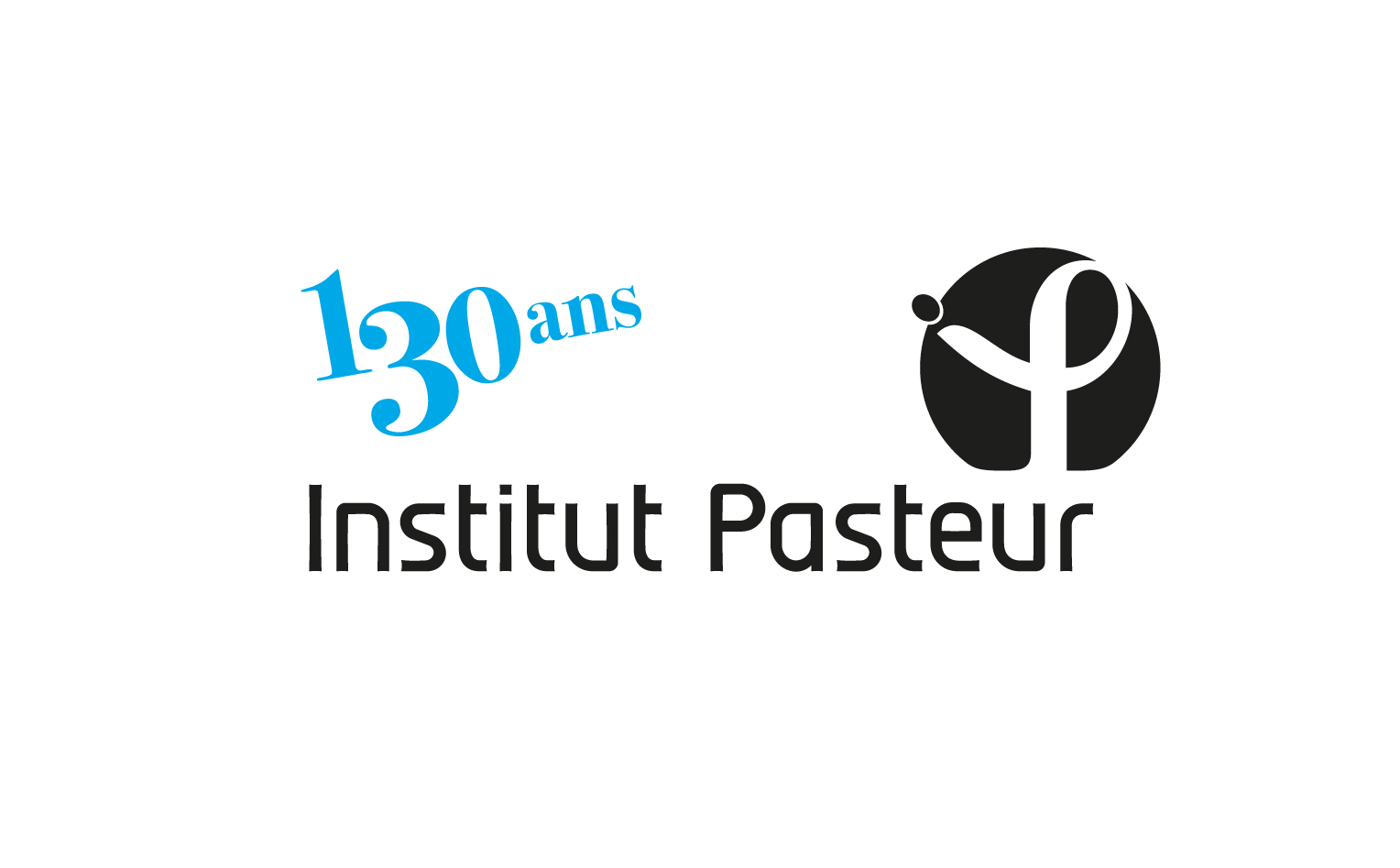Dr. Holt received his Ph.D. in neuroscience from the MRC Laboratory of Molecular Biology and undertook post-doctoral training at the Max Planck Institute for Biophysical Chemistry in Göttingen, Germany. Dr. Holt is now the ERA Chair for Neurobiology in Portugal, based at the Instituto de Investigação e Inovação em Saúde (i3S) in Porto, where he runs the Synapse Biology group, investigating aspects of astrocyte-neuron interactions at inhibitory synapses. He is also head of the NCBio Biotechnology hub for northern Portugal. A major translational spin-off from his work has been the design and exploitation of novel blood-brain barrier crossing viral vector systems for gene delivery, which allow sustained local production and secretion of therapeutics, such as nanobodies, from CNS cells – the so-called ‘biopharmacy’ concept (Marino et al., EMBO Mol Med, 2022; Marino and Holt, Frontiers Neurol, 2022; Yshii et al., Nat Immunol, 2022). Roshanak Irannejad is an assistant professor at the University of California, San Francisco (UCSF). She obtained her PhD at Thomas Jefferson University, studying G protein signaling at the Golgi. During her postdoctoral training at UCSF, she developed nanobody-based biosensors that allowed for visualization of signaling events in living cells. She discovered that signaling cues to cells not only act on G protein-coupled receptors that reside on the cell surface but also on those on subcellular compartments such as endosomes and the Golgi apparatus. The overall goal of her lab is to understand the roles of organelle-based signaling and membrane trafficking events as two key steps in cellular responses to external cues. In addition, her lab seeks to understand the physiological consequences of subcellular signaling as well as the molecular mechanisms of receptor activation and inactivation at each location. Friedrich Koch-Nolte is professor of Immunology and Molecular Biology at the University Medical Center Hamburg-Eppendorf, Hamburg (Germany). The Koch-Nolte lab has pioneered cDNA immunization to raise nanobodies against membrane proteins in native conformation. Currently, the lab engineers nanobody-based biologics as anti-tumor and anti-inflammatory therapeutics and as targeting modules for improved delivery of AAV gene therapy vectors. The lab has generated nanobody-transgenic mice as an improved platform for nanobody discovery. Elsa obtained her PhD in Molecular Biology and Cancerology at the Ecole Normale Supérieure de Lyon in 2007. She then followed an international academic path at the Centre Médico Universitaire in Geneva, and the Centre de Recherche en Cancérologie in Lyon. After working for the space industry, she joined Antineo early 2017, a preclinical services company, as BD Director and Study Director. At MabDesign, Elsa is Head of Business Development. Prof Dr Tony Lahoutte is head of the department of nuclear medicine at UZ Brussel and head of the molecular imaging research unit at the Vrije Universiteit Brussel (VUB) in Belgium. In 2014 he co-founded the company Camel-IDS NV (now Precirix) that is developing a pipeline of radio-immuno therapeutics where he is CSO. He obtained his medical degree in 1998 and started his research activities in combination with a residency program in nuclear medicine. His current research is focused on the development and clinical translation of molecular imaging probes and targeted radionuclide therapies for the detection and treatment of cancer. Isabelle LANDRIEU is CNRS Research director and head of the Integrative Structural Biology team (CNRS EMR9002) that is integrated in the department RID-AGE U1167 (P. Amouyel). The team broad interest concerns the characterization of intrinsically disordered protein conformations, functions and protein-protein interactions and how post-translational modifications modulate all of these aspects. The team has been a pioneer in understanding the relationship between phosphorylation and cellular dysfunctions induced by Tau pathogenesis, based on its close collaboration with experts in the Alzheimer’s disease (AD) field in Lille within the LabEx DISTALZ (National consortium against AD) and LiCEND: Lille Centre of Excellence in Neurodegeneration. Starting from this fundamental interest in Tau structure and functions, we have initiated and participated to projects that aim to modulate Tau dysfunctions and aggregation. Next to small molecules, we have developed nanobodies directed against Tau that are promising new biologics in tauopathies. Aashish Manglik, MD, PhD, is an Associate Professor in the Departments of Pharmaceutical Chemistry and Anesthesia at UCSF. Aashish received his BA in Biology and Chemistry from Washington University in St Louis and his MD/PhD from Stanford University. His laboratory seeks to understand how cells sense and respond to their external environment. In this endeavor, his lab studies the numerous proteins that lie at the cellular surface that enable individual cells to decipher the enormous number of stimuli that coordinate normal physiology. To gain a fundamental understanding of such transmembrane signaling processes, his lab use a diverse array of techniques spanning biochemical and biophysical interrogation to protein engineering with an ultimate goal to use these insights to discover new approaches to precisely control cellular signaling. Recently, the Manglik lab has started to develop next-generation synthetic nanobody libraries using machine learning approaches to circumvent current challenges in rapid identification of nanobodies at scale. Aashish has been named a Pew, Searle, Klingenstein, Mallinckrodt and Vallee Scholar and is a recipient of the NIH Director’s Early Independence Award. Philippe Rondard is recognized in the field of neuropharmacology of the G protein-coupled receptors. He studies the metabotropic glutamate (mGlu) receptors, a family of eight receptors important to control synaptic transmission in brain and involved in psychiatric and neurodegenerative diseases. He recently established proof-of-concept that camelid single domain antibodies, called nanobodies or VHHs, targeting mGlu receptors are emerging new drugs to treat brain disorders. He found that the nanobodies are able to control mGlu receptor activity in vivo, and that these antibodies can be delivered to the brain after a peripheral administration to reverse brain deficits. Furthermore, he used these nanobodies as tools to discover that mGlu subunits, in addition to forming homodimers, are capable of functioning as heterodimers, revealed the existence of novel neuroreceptors in the brain. The main aims of my laboratory are to understand the molecular architecture of macromolecular complexes, ultimately at atomic resolution, shedding light on their principles of construction, assembly, and evolutionary origins – with a major focus on the nuclear pore complex (NPC). These studies are an excellent example of the tremendous potential of the approaches we have been developing to dissect and understand the dynamic cellular interactome. I have organized a collaboration of the Rout, Chait, Sali and Aitchison laboratories into an NIH-funded Center (for which I am PI), the NCDIR, to develop and refine proteomic technologies that will enable the community to assemble detailed, dynamic representations of the interactions in the cell and leverage research avenues intended to lead to therapeutics. The NCDIR is becoming a major resource for a large number of laboratories needing expertise, training and reagents in interactomics studies. Our proteomics techniques and the reagents we have developed are now impacting research areas as diverse as membrane trafficking, peroxisomal assembly, viral infection, neural development, and cancer. Under the aegis of the NCDIR, we have developed a new way to make nanobodies. We are applying this to the generation of potential novel therapeutics and diagnostics for various diseases, including COVID-19, different cancers, and Lyme Disease. Xavier Saelens obtained his PhD degree from the University of Ghent (Ghent, Belgium) in 1990 in the laboratory of Walter Fiers. After postdoctoral training in the influenza research group of Willy Min Jou, and in the Molecular Signaling and Cell Death group of Peter Vandenabeele, both at Ghent University, he became an assistant professor in Molecular Virology in 2008. Currently, he is a full professor in the Department of Biochemistry and Microbiology at Ghent University and a principal investigator at the VIB-UGent Center for Medical Biotechnology. The research team of Xavier Saelens applies modern biotechnology methods to develop new vaccines and nanobody-based antivirals against human respiratory viruses such as influenza virus, respiratory syncytial virus, and coronaviruses. In addition, his group uses interactomics tools to gain new insights in the molecular interplay between host and viral factors. Sabrina Oliveira obtained her PhD in Targeted Cancer Therapies at the department of Pharmaceutical Sciences of Utrecht University (2004-2008). Thereafter, she worked as a postdoc on the development of tracers based on nanobodies for optical molecular imaging, at the department of Biology (2009-2011). In 2012, she was awarded a VENI grant from the Netherlands Organization for Research (NWO-STW), with which she started her own research line, with the goal to render photodynamic therapy cancer-specific, by targeting the photosensitizer to cancer cells using nanobodies. In 2016, she received a Starting Grant from the European Research Council to expand that research and start her own group. Currently, she is an Associate Professor, with a shared position between the department of Biology and the department of Pharmaceutical Sciences. She continues very interested in exploring different applications with nanobodies, particularly for molecular targeted therapies. The Steyaert lab pioneered the use of nanobodies as tools in structural biology. The elucidation of the first GPCR structures in the agonist-bound active state demonstrate the power of Nanobodies to stabilize protein conformational states and their complexes, including transmembrane signalling complexes. Our recent work focusses on Nanobody-enabled drug discovery and on engineered Nanobodies for applications in single particle cryo-EM. Education University of California, San Diego, B.A., 1981, Biology. Professional Experience Postdoctoral Fellow in the laboratory of Dr. William S. Agnew, Department of Cellular and Molecular Physiology, Yale University School of Medicine, 1987-1990. Honors and Awards Jacob Javits Neuroscience Investigator (MERIT) Award, National Institute of Neurological Disorders and Stroke, National Institutes of Health, 2000-2007. Total publications comprise 194 original research publications, review articles, and book chapters. h index= 82 (Google Scholar) Dr. Xudong Wu received his bachelor’s degree of Biological Science from Fudan University. He then obtained his Ph.D degree from the Department of Molecular Biophysics and Biochemistry at Yale University. His Ph.D. work mainly focused on dissecting the molecular mechanism of regulations of vesicular trafficking and phospholipid biogenesis and transport. He did his postdoctoral training at Harvard Medical School under the mentorship of Dr. Tom Rapoport, working on understanding the mechanisms of protein homeostasis maintenance in the endoplasmic reticulum. In the meantime, he also developed the “Legobody” approach for structural determination of small proteins using cryoEM. In the fall of 2022, he joined Westlake University as Assistant Professor. His lab will continue to develop nanobody-based technology and explore their applications in both basic and translational research.Invited Speakers
i3S, University of Porto
Porto, Portugal
U California
San Francisco CA, United States
University of Hamburg
Hamburg, Germany
MabDesign
France
VUB
Brussels, Belgium
CNRS
Lille, France
U California
San Francisco CA, United States
CNRS-U Montpellier
Montpellier, France
Rockfeller University
New York, United States
VIB-UGent
Belgium
Utrecht University
Utrecht, The Netherlands
VIB-VUB Center for Structural Biology
Belgium
U California Davis
CA, United States
holt
Irannejad
Nolte
Kress
Lahoutte
Landrieu
Manglik
Rondard
Rout
Saelens
Oliveira
Steyaert
Trimer
University of California, San Diego, Ph.D., 1987, Marine Biology, Scripps Institution of Oceanography.
Assistant, Associate, Full Professor, Department of Biochemistry and Cell Biology, Stony Brook University, 1990-2003.
Professor, Department of Pharmacology, School of Medicine, University of California, Davis, 2003-2007.
Director, UC Davis/NIH NeuroMab Facility, 2005-2019.
Professor, Department of Neurobiology, Physiology and Behavior, College of Biological Sciences, University of California, Davis, 2007-2019. Department Chair 2012-2015.
Distinguished Professor, Department of Physiology and Membrane Biology, School of Medicine, University of California, Davis, 2019-present.
Clarivate Highly Cited Researcher (top 1% in field), 2019, 2020
Research Award, UC Davis School of Medicine, 2020
Wu
Call for abstract
Click here to
submit your abstract
Registration
Click here to
register directly online

